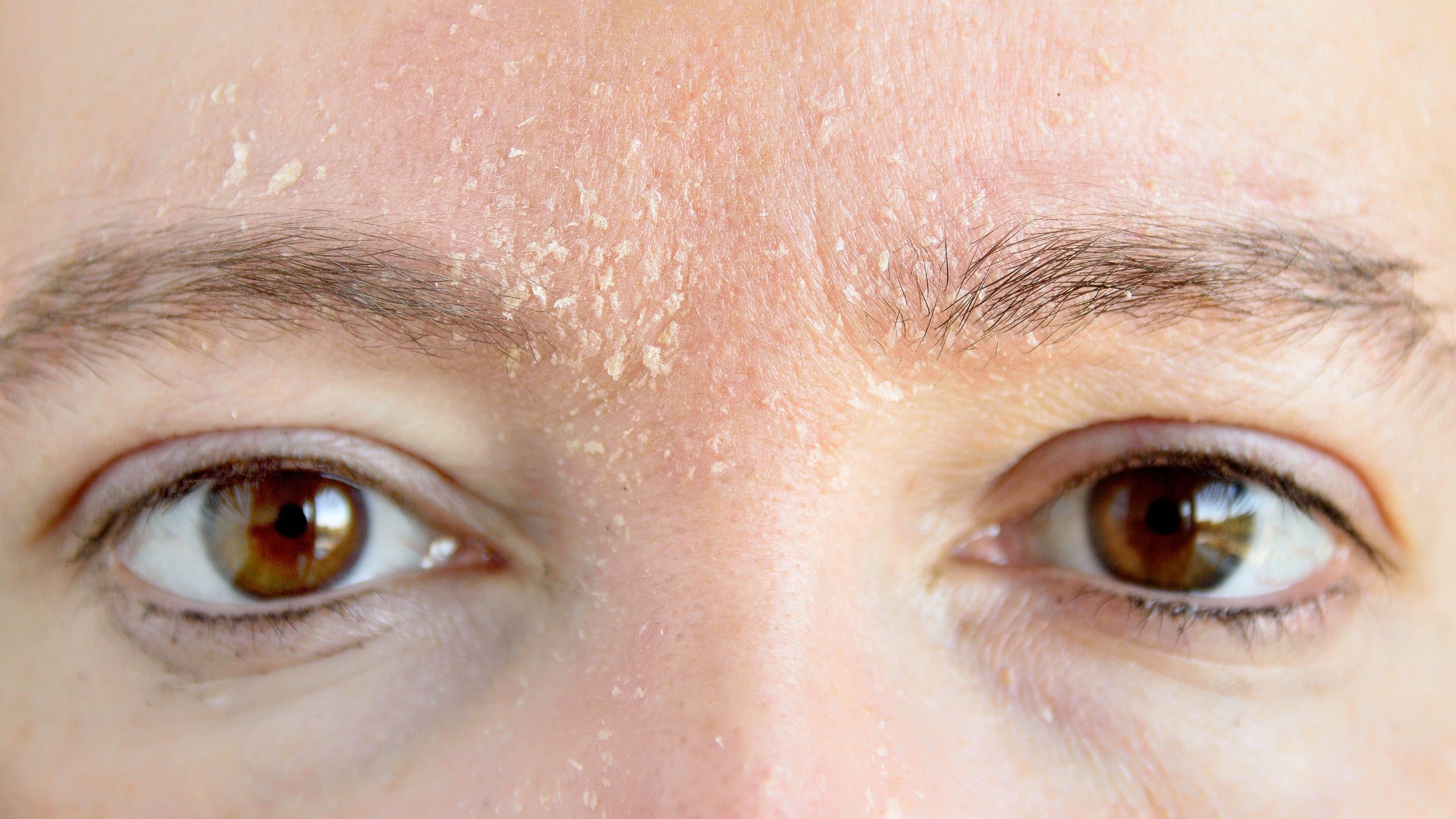Dry skin, also known as xerosis, is a common skin condition characterized by a lack of moisture and natural oils in the skin. It can lead to itching, flaking, and sometimes even cracking or bleeding. Dry skin can affect people of all ages and is often caused or exacerbated by factors like weather, age, genetics, and lifestyle choices. Here are some tips for treating dry skin:
Hydration:
Drink plenty of water to keep your body and skin hydrated from within. Aim for at least 8 glasses of water per day.
Use a Gentle Cleanser:
Avoid harsh soaps and cleansers that can strip your skin of its natural oils. Opt for a mild, fragrance-free, and moisturizing cleanser.
Limit Shower Time and Temperature:
Long, hot showers can worsen dry skin. Keep your showers short and use lukewarm water instead of hot water.
Pat Dry, Don't Rub:
After bathing or washing your face, pat your skin dry with a soft towel instead of rubbing vigorously.
Moisturize:
Apply a good-quality moisturizer immediately after bathing or washing your hands to lock in moisture. Look for moisturizers with ingredients like hyaluronic acid, glycerin, and ceramides.
Choose the Right Moisturizer:
For very dry skin, consider using thicker, cream-based moisturizers. For less severe dryness, a lotion might suffice.
Humidify Your Environment:
Use a humidifier in your home, especially during the winter months when indoor heating can dry out the air.
Protect Your Skin:
Wear gloves in cold weather to protect your hands from the harsh elements. Use sunscreen when going outdoors to prevent further damage from UV rays.
Avoid Irritants:
Avoid products with alcohol, fragrances, and other harsh chemicals that can irritate dry skin.
Stay Hydrated from Within:
Eat a balanced diet rich in fruits and vegetables. Omega-3 fatty acids found in fish and flaxseed can also help maintain skin health.
Consider Over-the-Counter Creams:
Over-the-counter creams or ointments containing ingredients like hydrocortisone can provide relief for itchy and inflamed skin. Be sure to follow the instructions carefully and consult a doctor if symptoms persist.
Consult a Dermatologist:
If your dry skin is severe, persistent, or accompanied by other symptoms like redness, itching, or pain, it's advisable to consult a dermatologist. They can diagnose any underlying skin conditions and prescribe appropriate treatments.
Prescription Medications:
In some cases, a dermatologist may prescribe prescription-strength creams or ointments to alleviate dry skin.
Remember that it may take some trial and error to find the right combination of products and lifestyle changes that work for your specific skin type and condition. Be patient and consistent with your skincare routine, and consult a healthcare professional if you have concerns about your dry skin.
Dry Skin Daily & Monthly Routine
Creating a daily skincare routine for dry skin can help you maintain moisture, prevent dryness-related issues, and keep your skin healthy and comfortable. Here's a suggested daily routine for dry skin:
Morning Routine:
Cleanser: Use a gentle, hydrating cleanser to wash your face. Avoid harsh, drying cleansers, and opt for a product that is specifically designed for dry or sensitive skin.
Toner (Optional):
If you choose to use a toner, opt for an alcohol-free, hydrating toner to balance your skin's pH levels.
Serum:
Apply a hydrating serum with ingredients like hyaluronic acid, glycerin, or niacinamide to lock in moisture and protect your skin's barrier.
Moisturizer:
Apply a rich, emollient moisturizer to your face and neck. Look for one that contains ingredients like shea butter, ceramides, or dimethicone to seal in moisture.
Sunscreen:
Finish your morning routine with a broad-spectrum sunscreen with at least SPF 30. This is essential to protect your skin from UV damage, which can worsen dryness.
Evening Routine:
Cleanser:
Use your gentle cleanser again to remove makeup, dirt, and impurities from the day.
Exfoliation (2-3 times a week):
Exfoliate your skin with a mild chemical exfoliator containing alpha hydroxy acids (AHAs) or beta hydroxy acids (BHAs). Exfoliating helps remove dead skin cells and encourages skin renewal. Be cautious not to over-exfoliate, as it can worsen dryness.
Toner (Optional):
Use the same hydrating toner as in your morning routine if you prefer.
Serum:
Apply a hydrating or anti-aging serum if desired, focusing on your specific skincare concerns.
Eye Cream (Optional):
If you use an eye cream, apply it gently to the under-eye area.
Moisturizer:
Reapply your rich moisturizer to your face and neck. You can use a thicker night cream if you prefer.
Treatment (Optional):
If you have specific skin concerns like fine lines, redness, or acne, you can apply targeted treatments at this stage.
Lip Balm:
Don't forget to apply a hydrating lip balm to keep your lips moisturized.
Additional Tips:
1- Be consistent with your routine. Use the same products regularly to allow your skin to adapt and benefit from their ingredients.
2- Drink plenty of water throughout the day to keep your body and skin hydrated from within.
3- Use a humidifier in your bedroom, especially during the winter months, to add moisture to the air and prevent nighttime dryness.
4- Avoid hot showers, as hot water can strip your skin of natural oils. Stick to lukewarm water when washing your face and body.
5- Use a gentle, fragrance-free laundry detergent to prevent skin irritation from clothing and bedding.
6- If you're unsure about which products to use, consider consulting a dermatologist or skincare professional for personalized recommendations.
7- Remember that skincare is highly individual, and it may take some time to find the perfect products and routine that work for your dry skin. Be patient and gentle with your skin, and make adjustments as needed based on how your skin responds.

